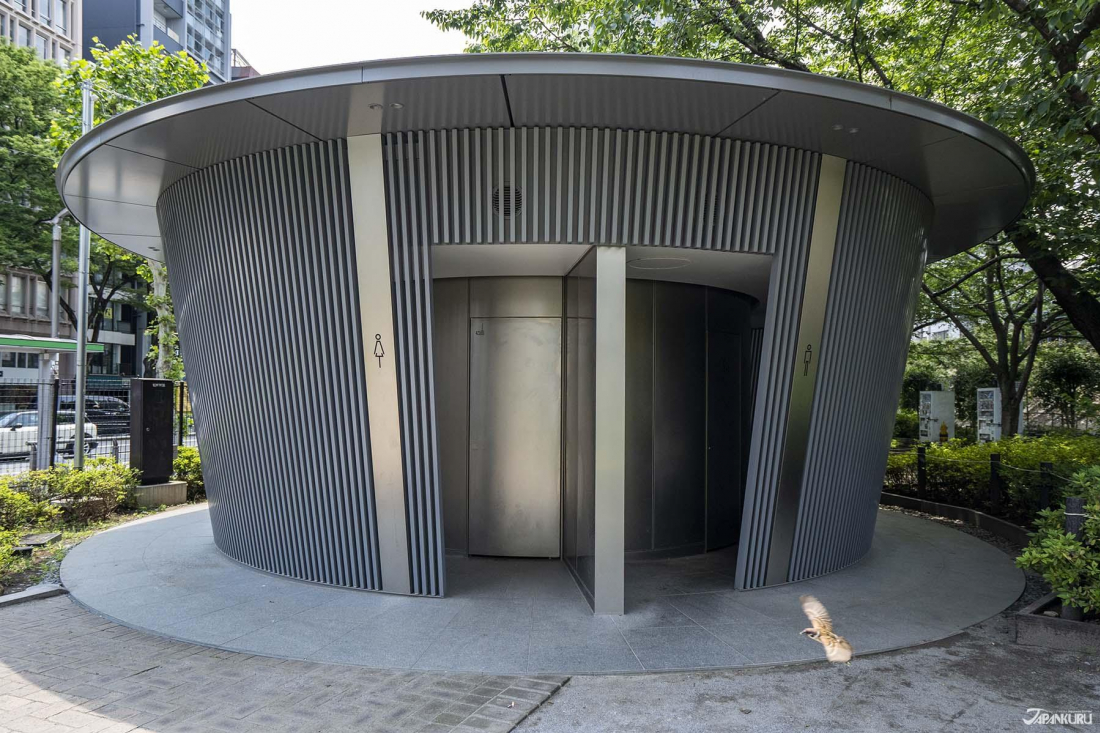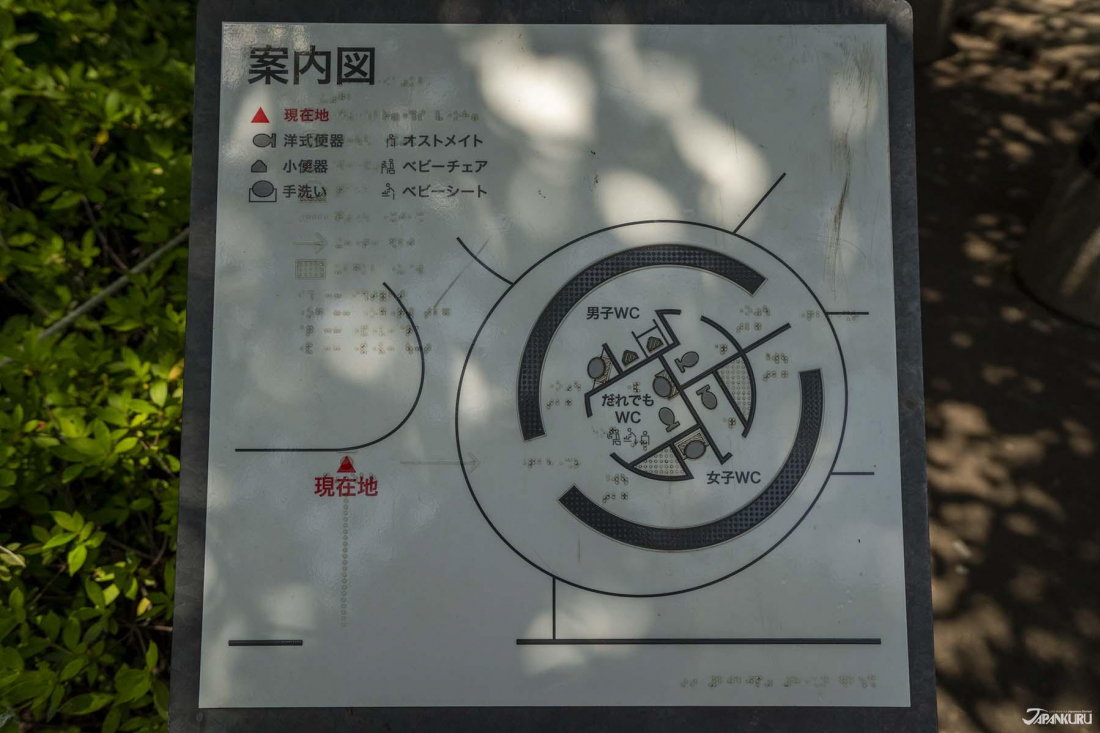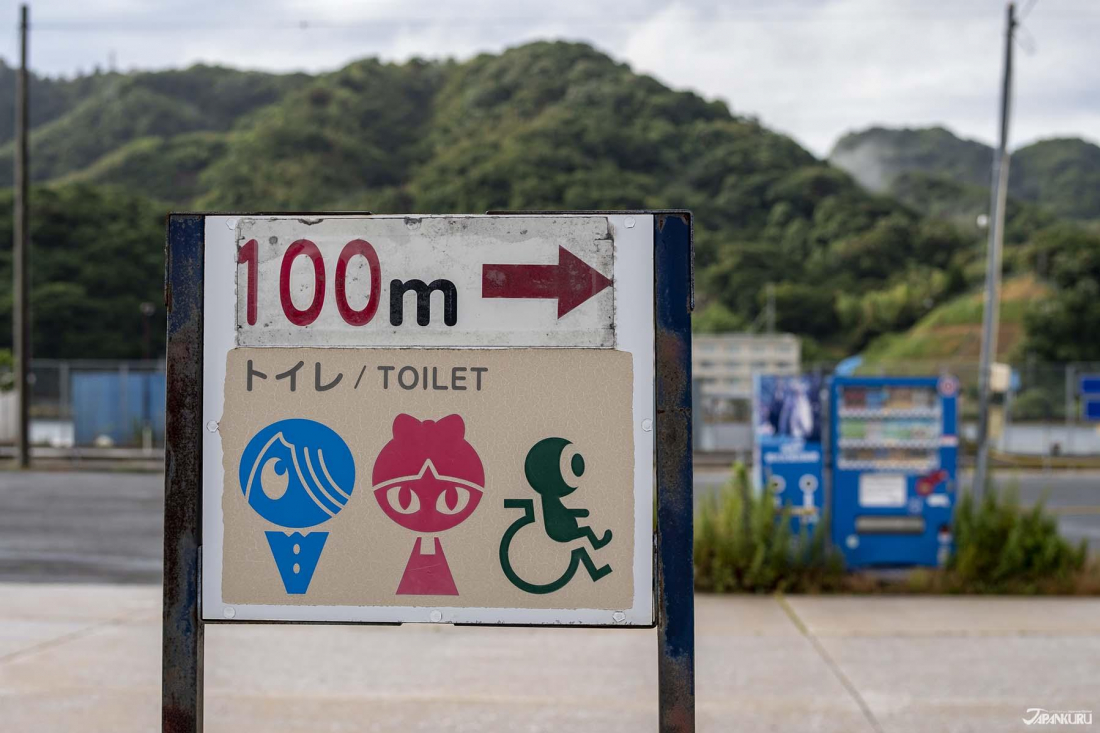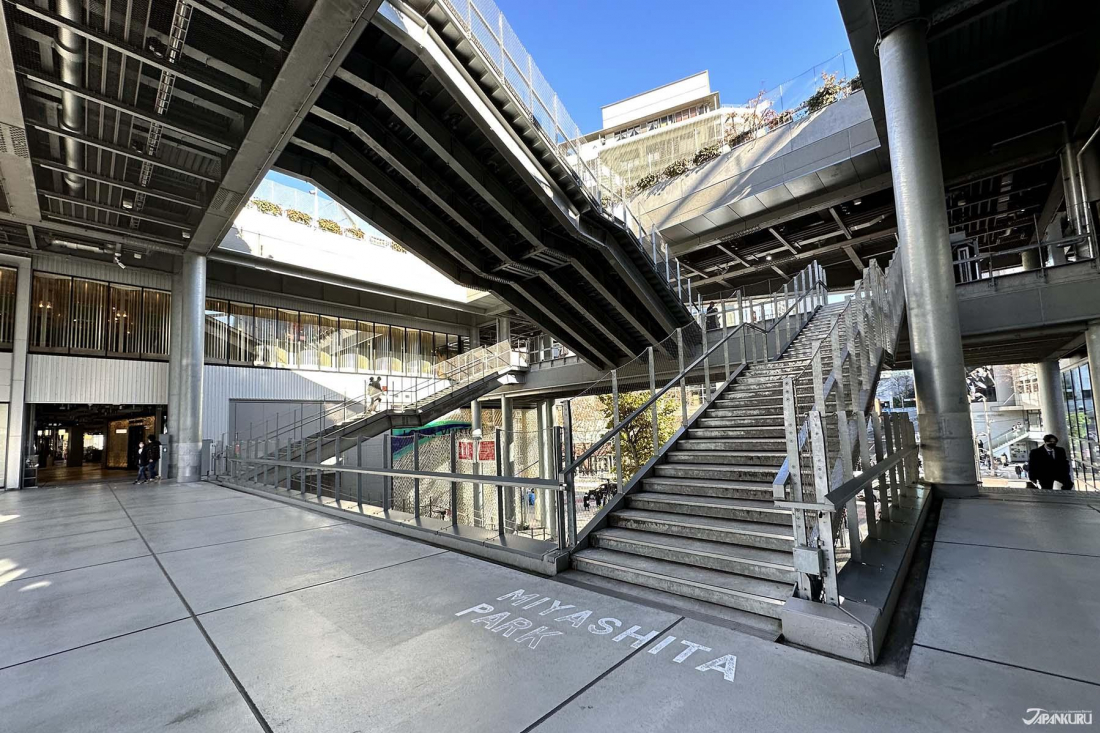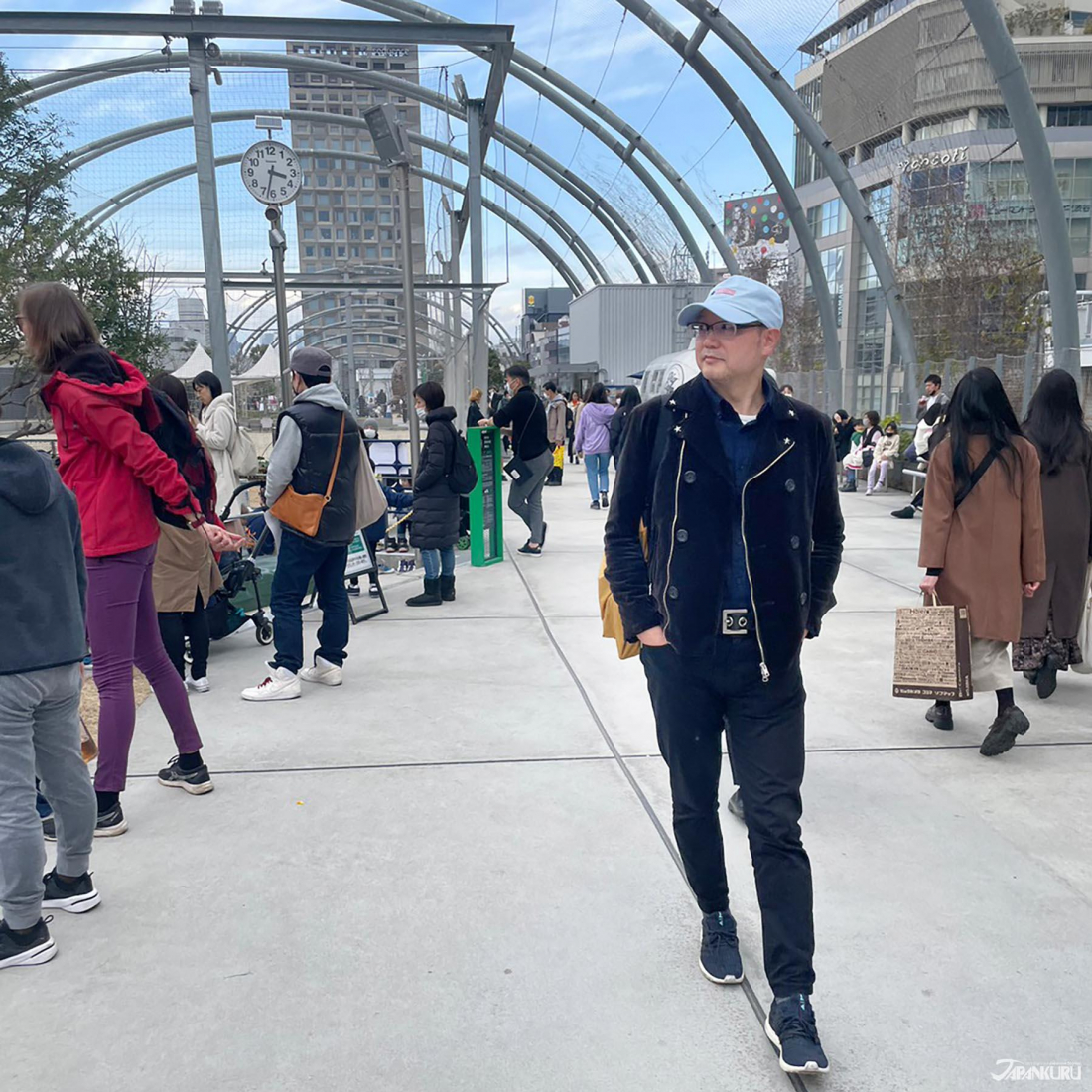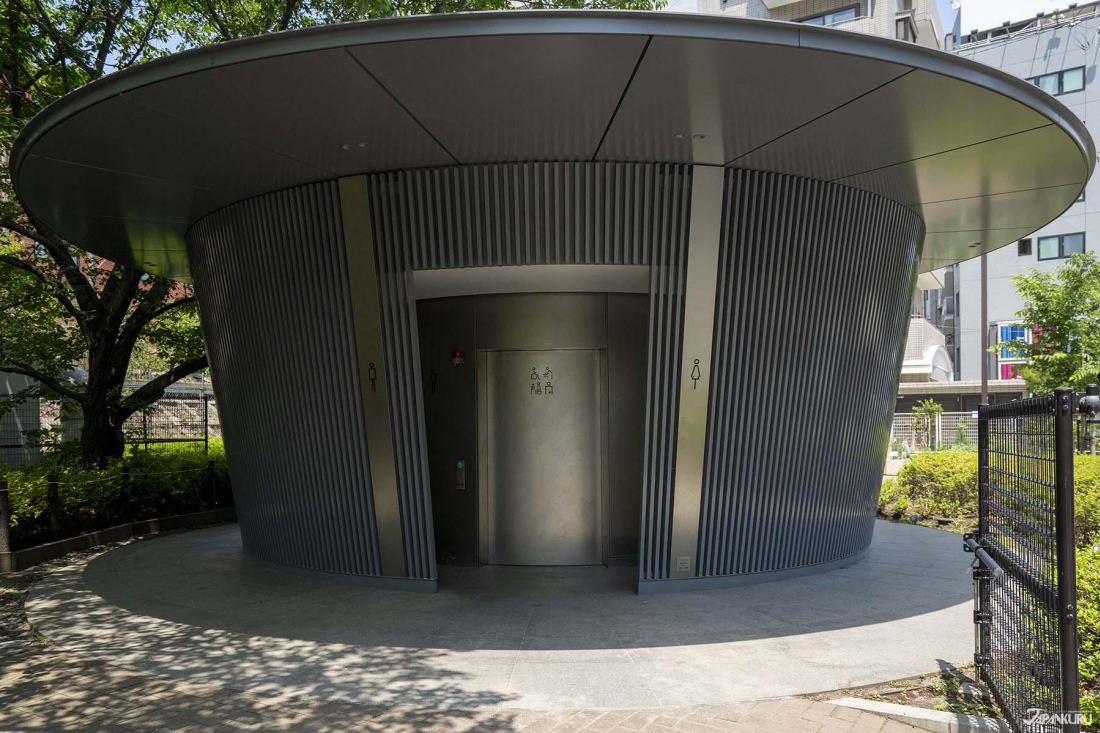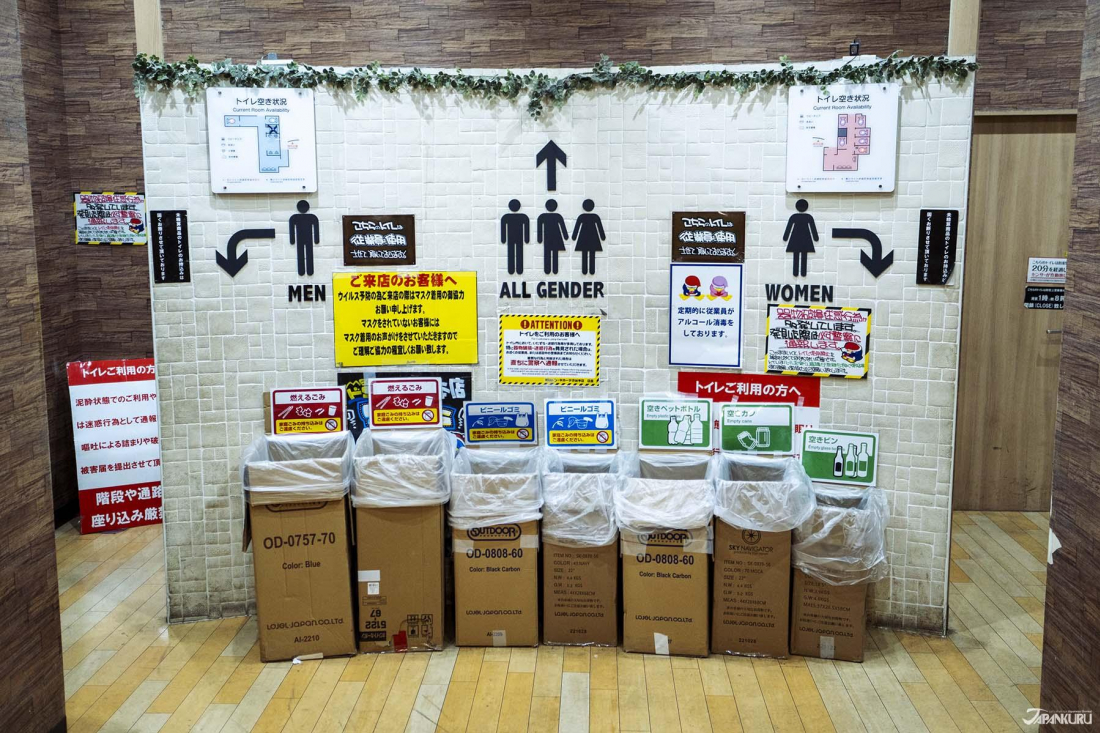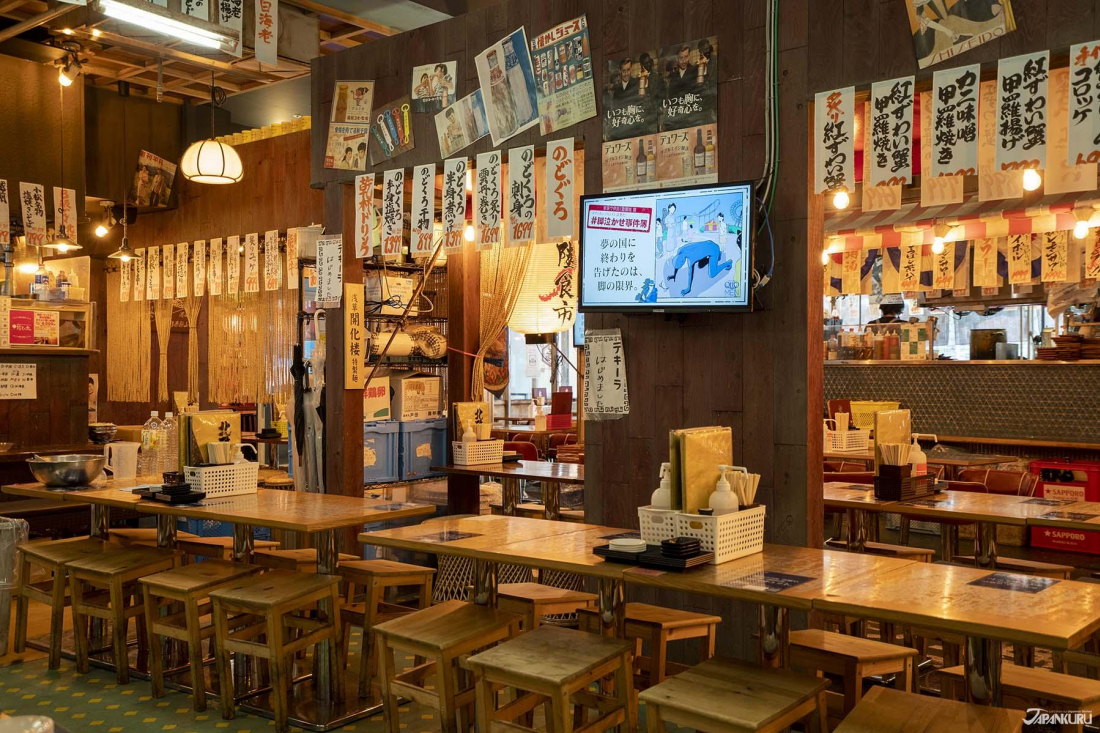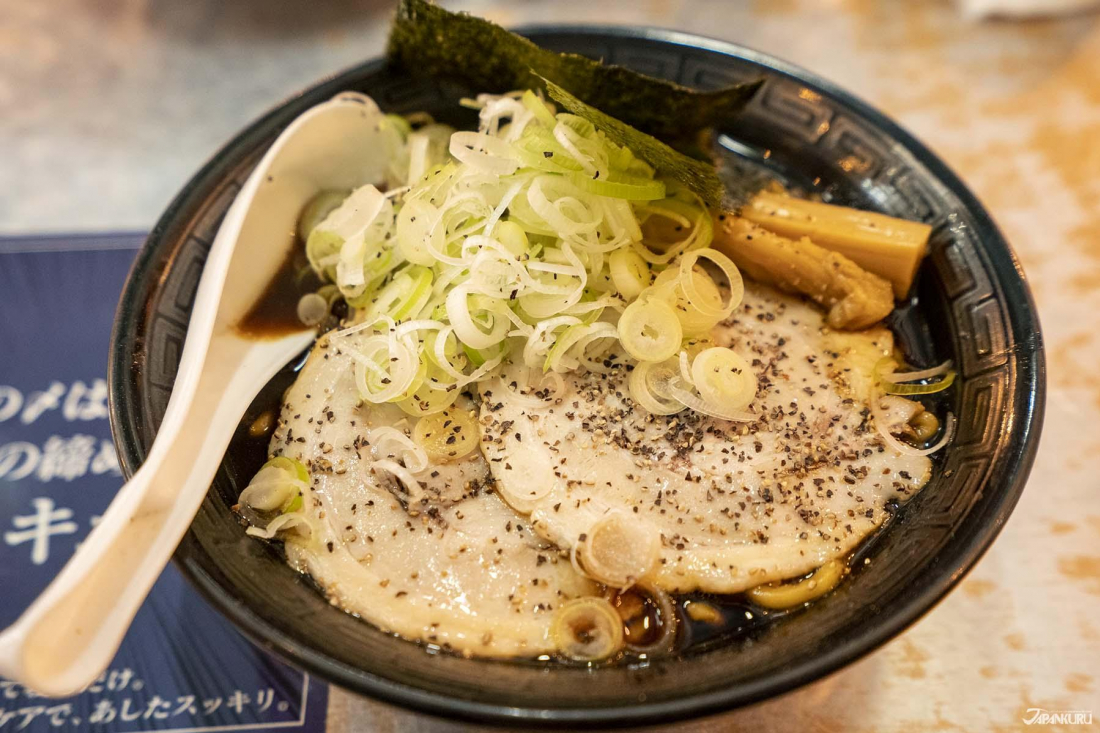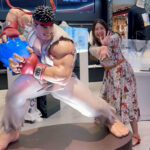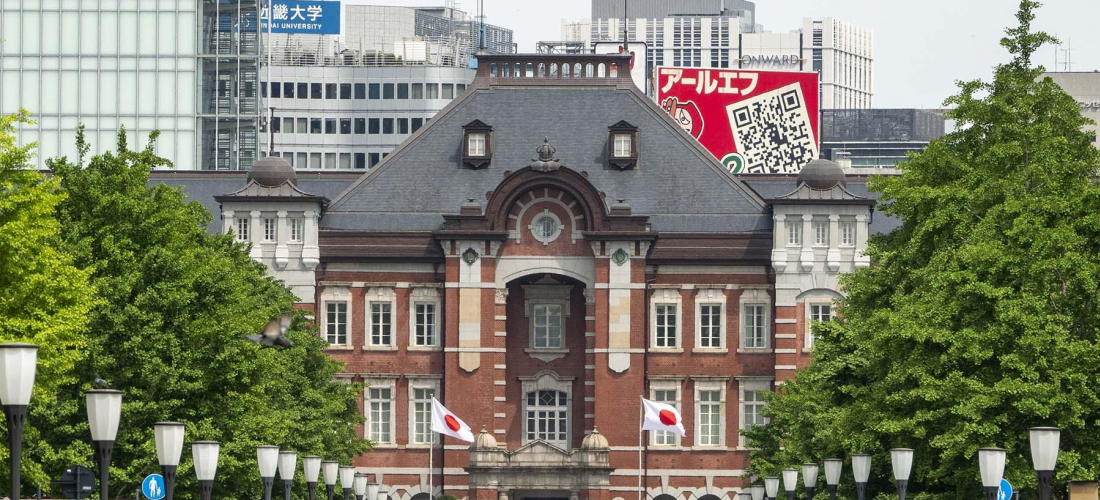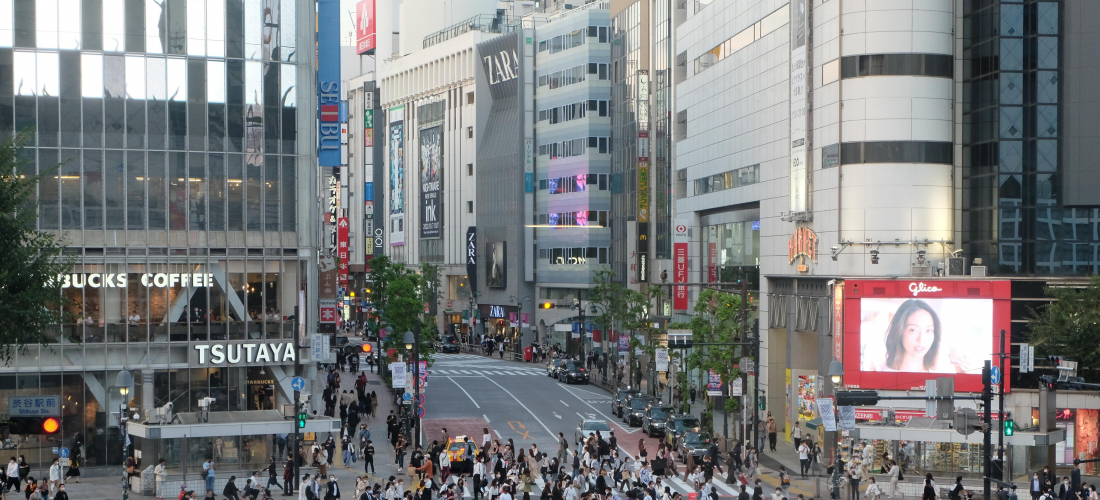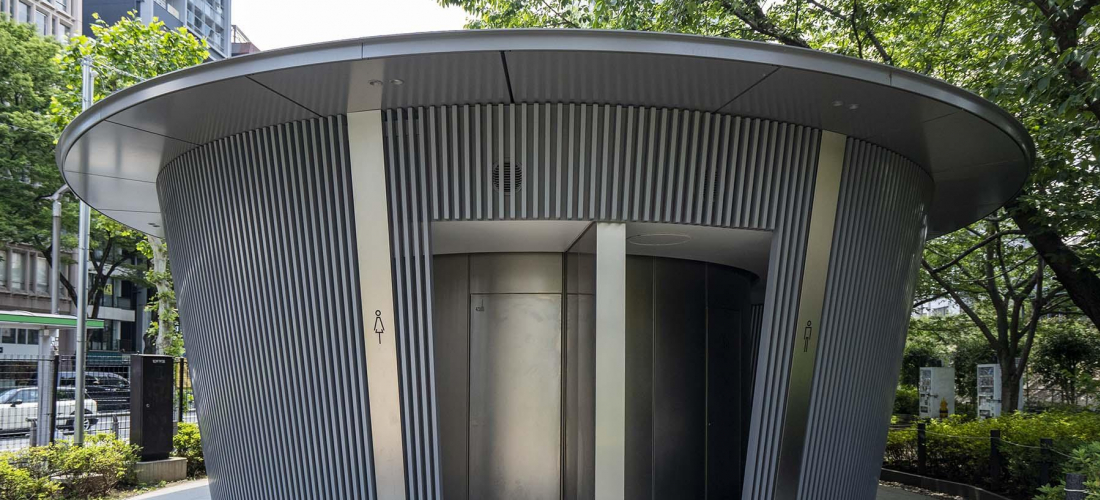
CONTENTS
The pandemic only exacerbated the issue of convenient bathrooms in Tokyo, but is it really so greedy of me to ask this much?
The Beloved Japanese Bathroom
This might seem like it’s coming out of nowhere, but out of all the wonderful characterists Japan is known for in this world, the one I would point to first is cleanliness. Japanese bathrooms, in particular, are the one thing I really miss when I’m overseas. Of course, the following list doesn’t apply to all bathrooms in all other countries, but in my own experience, bathrooms overseas…
① are smelly in comparison to Japan
② don’t come equipped with bidets
③ have really cold seats in winter
④ feel dirty if you’re used to Japanese sanitary standards
⑤ often cost money, especially public toilets (and they’re rare too)
⑥ often require a key from restaurant staff etc.
⑦ even cost money or require a special keycode within larger facilities
After experiencing all of that firsthand in bathrooms around the world, I really look at Japanese bathrooms with a new kind of admiration. They’re amazing, aren’t they? But you know, the boon of beautiful bathrooms isn’t necessarily available to all, especially when it comes to women taxi drivers.
The Pandemic Bathroom Problem
The days when I was working as a taxi driver just happened to coincide exactly with the covid pandemic. Along with a drop in people out and about on the streets, there was less customer demand at larger facilities, leading to a series of closures. When you work as a taxi driver, your more experienced coworkers will generally tell you about all the good “bathroom spots,” but even restaurants and facilities that stayed open during the pandemic started shortening their business hours, so they were no good late at night. Even convenience store bathrooms were “out of service” and restricted to just employee use during the pandemic, often due to the government’s pandemic prevention measures. And of course if you’re driving a taxi, you can’t go the bathroom without finding a proper place to park first! Needing to use a bathroom but not being able to go can be a serious strain on your body, physically and mentally – it was truly hell. And on top of everything else, my very first day on the job as a taxi driver happened to coincide with my period, making it immensely more miserable.
The only bathrooms that were business as usual during the pandemic were public bathrooms, but despite these public bathrooms being free of cost, they can be pretty inconvenient for women. You can’t count on them being fitted with a bidet, which is what I’m really hoping for when I’m on my period, and in some terrible cases there’s not even any toilet paper.
I couldn’t help but whine about how dissatisfied the situation left me.
“Ughhh, so inconvenient. If only I could find clean bathrooms to use in peace.”
Even though the number of women taxi drivers has been on the increase in recent years, if you look at the workforce at large, women only make up about 10%. Ask the ranks of male drivers with years of experience, and more than a few of them will still offer some resistance to the idea – not very helpful. So, while a quick search online will bring up plenty of bathroom spots, that doesn’t necessarily mean Tokyo is replete with bathrooms made with women in mind, not to mention those with nearby parking.
Goal: Public Bathrooms for the Woman at Work
And what do you know, on the way back from a work trip, my boss suddenly contacted me with the message “Wait, I want you to go see the ‘The Tokyo Toilet’ spots in Shibuya!” And I was sent on my way. There are 17 of these bathrooms in total, so I headed off to the one closest to where my work trip had taken me, and visited Jingu-dori Park (near Miyashita Park shopping center).
The public bathroom in Jingu-dori Park was designed by the famous architect Tadao Ando, and the structure is more “art” than “bathroom.” Thanks to a broad roof that also offers shelter from the rain, you might even say this bathroom qualifies as art at its most thoughtful.
Artistic, sparkling clean, and roomy too! This might just be a simple bathroom, but I was moved by the thoughtful design. If there were public bathrooms like this all over Tokyo, I wouldn’t have gone through nearly so much trouble during my days driving a taxi through the pandemic. And if they all had good parking to boot…!
On the other hand, Tokyo’s many international sightseers usually don’t drive around the city, and if you consider the already high standards that the average Japanese bathroom is held to (including the fascinating “washlet”), foreign visitors might find my woman-driver bathroom evaluations a little too greedy.
But you know, if we build our communities with input from a more diverse variety of people, I think we’ll find ourselves in a kinder, more gentle world altogether. No matter how much lip service you hear about giving women better opportunities to move up in the world, it doesn’t mean much if impractical work environments are still an obstacle. In order to create a world where taxi drivers can do their best work regardless of gender, I think improving bathrooms needs to be high priority! (*inner voice… but also very important!)
Tokyo Trivia: Located right near Jingu-dori Park, Shibuya Yokocho has all kinds of tasty food from around Japan! I had the black ramen from Toyama Prefecture. ♪
Original Author: Marina Yokomizo
English Edition: Sophia Appelbaum
COMMENT
FEATURED MEDIA
VIEW MORE 
A New Tokyo Animal Destination: Relax & Learn About the World’s Animals in Japan
#pr #japankuru #anitouch #anitouchtokyodome #capybara #capybaracafe #animalcafe #tokyotrip #japantrip #카피바라 #애니터치 #아이와가볼만한곳 #도쿄여행 #가족여행 #東京旅遊 #東京親子景點 #日本動物互動體驗 #水豚泡澡 #東京巨蛋城 #เที่ยวญี่ปุ่น2025 #ที่เที่ยวครอบครัว #สวนสัตว์ในร่ม #TokyoDomeCity #anitouchtokyodome

Shohei Ohtani Collab Developed Products & Other Japanese Drugstore Recommendations From Kowa
#pr #japankuru
#kowa #syncronkowa #japanshopping #preworkout #postworkout #tokyoshopping #japantrip #일본쇼핑 #일본이온음료 #오타니 #오타니쇼헤이 #코와 #興和 #日本必買 #日本旅遊 #運動補充能量 #運動飲品 #ช้อปปิ้งญี่ปุ่น #เครื่องดื่มออกกำลังกาย #นักกีฬา #ผลิตภัณฑ์ญี่ปุ่น #อาหารเสริมญี่ปุ่น

도쿄 근교 당일치기 여행 추천! 작은 에도라 불리는 ‘가와고에’
세이부 ‘가와고에 패스(디지털)’ 하나면 편리하게 이동 + 가성비까지 완벽하게! 필름카메라 감성 가득한 레트로 거리 길거리 먹방부터 귀여움 끝판왕 핫플&포토 스폿까지 총집합!
Looking for day trips from Tokyo? Try Kawagoe, AKA Little Edo!
Use the SEIBU KAWAGOE PASS (Digital) for easy, affordable transportation!
Check out the historic streets of Kawagoe for some great street food and plenty of picturesque retro photo ops.
#pr #japankuru #도쿄근교여행 #가와고에 #가와고에패스 #세이부패스 #기모노체험 #가와고에여행 #도쿄여행코스 #도쿄근교당일치기 #세이부가와고에패스
#tokyotrip #kawagoe #tokyodaytrip #seibukawagoepass #kimono #japantrip

Hirakata Park, Osaka: Enjoy the Classic Japanese Theme Park Experience!
#pr #japankuru #hirakatapark #amusementpark #japantrip #osakatrip #familytrip #rollercoaster #retrôvibes #枚方公園 #大阪旅遊 #關西私房景點 #日本親子旅行 #日本遊樂園 #木造雲霄飛車 #히라카타파크 #สวนสนุกฮิราคาตะพาร์ค

🍵Love Matcha? Upgrade Your Matcha Experience With Tsujiri!
・160년 전통 일본 말차 브랜드 츠지리에서 말차 덕후들이 픽한 인기템만 골라봤어요
・抹茶控的天堂!甜點、餅乾、飲品一次滿足,連伴手禮都幫你列好清單了
・ส่องมัทฉะสุดฮิต พร้อมพาเที่ยวร้านดังในอุจิ เกียวโต
#pr #japankuru #matcha #matchalover #uji #kyoto #japantrip #ujimatcha #matchalatte #matchasweets #tsujiri #말차 #말차덕후 #츠지리 #교토여행 #말차라떼 #辻利抹茶 #抹茶控 #日本抹茶 #宇治 #宇治抹茶 #日本伴手禮 #抹茶拿鐵 #抹茶甜點 #มัทฉะ #ของฝากญี่ปุ่น #ชาเขียวญี่ปุ่น #ซึจิริ #เกียวโต

・What Is Nenaito? And How Does This Sleep Care Supplement Work?
・你的睡眠保健品——認識「睡眠茶氨酸錠」
・수면 케어 서플리먼트 ‘네나이토’란?
・ผลิตภัณฑ์เสริมอาหารดูแลการนอน “Nenaito(ネナイト)” คืออะไร?
#pr #japankuru #sleepcare #japanshopping #nenaito #sleepsupplement #asahi #睡眠茶氨酸錠 #睡眠保健 #朝日 #l茶胺酸 #日本藥妝 #日本必買 #일본쇼핑 #수면 #건강하자 #네나이토 #일본영양제 #อาหารเสริมญี่ปุ่น #ช้อปปิ้งญี่ปุ่น #ร้านขายยาญี่ปุ่น #ดูแลตัวเองก่อนนอน #อาซาฮิ

Japanese Drugstore Must-Buys! Essential Items from Hisamitsu® Pharmaceutical
#PR #japankuru #hisamitsu #salonpas #feitas #hisamitsupharmaceutical #japanshopping #tokyoshopping #traveltips #japanhaul #japantrip #japantravel

Whether you grew up with Dragon Ball or you just fell in love with Dragon Ball DAIMA, you'll like the newest JINS collab. Shop this limited-edition Dragon Ball accessory collection to find some of the best Dragon Ball merchandise in Japan!
>> Find out more at Japankuru.com! (link in bio)
#japankuru #dragonball #dragonballdaima #animecollab #japanshopping #jins #japaneseglasses #japantravel #animemerch #pr

This month, Japankuru teamed up with @official_korekoko to invite three influencers (originally from Thailand, China, and Taiwan) on a trip to Yokohama. Check out the article (in Chinese) on Japankuru.com for all of their travel tips and photography hints - and look forward to more cool collaborations coming soon!
【橫濱夜散策 x 教你怎麼拍出網美照 📸✨】
每次來日本玩,是不是都會先找旅日網紅的推薦清單?
這次,我們邀請擁有日本豐富旅遊經驗的🇹🇭泰國、🇨🇳中國、🇹🇼台灣網紅,帶你走進夜晚的橫濱!從玩樂路線到拍照技巧,教你怎麼拍出最美的夜景照。那些熟悉的景點,換個視角說不定會有新發現~快跟他們一起出發吧!
#japankuru #橫濱紅磚倉庫 #汽車道 #中華街 #yokohama #japankuru #橫濱紅磚倉庫 #汽車道 #中華街 #yokohama #yokohamaredbrickwarehouse #yokohamachinatown

If you’re a fan of Vivienne Westwood's Japanese designs, and you’re looking forward to shopping in Harajuku this summer, we’ve got important news for you. Vivienne Westwood RED LABEL Laforet Harajuku is now closed for renovations - but the grand reopening is scheduled for July!
>> Find out more at Japankuru.com! (link in bio)
#japankuru #viviennewestwood #harajuku #omotesando #viviennewestwoodredlabel #viviennewestwoodjapan #비비안웨스트우드 #오모테산도 #하라주쿠 #日本購物 #薇薇安魏斯伍德 #日本時尚 #原宿 #表參道 #japantrip #japanshopping #pr

Ready to see TeamLab in Kyoto!? At TeamLab Biovortex Kyoto, the collective is taking their acclaimed immersive art and bringing it to Japan's ancient capital. We can't wait to see it for ourselves this autumn!
>> Find out more at Japankuru.com! (link in bio)
#japankuru #teamlab #teamlabbiovortex #kyoto #kyototrip #japantravel #artnews
Photos courtesy of teamLab, Exhibition view of teamLab Biovortex Kyoto, 2025, Kyoto ® teamLab, courtesy Pace Gallery

Japanese Makeup Shopping • A Trip to Kamakura & Enoshima With Canmake’s Cool-Toned Summer Makeup
#pr #canmake #enoshima #enoden #에노시마 #캔메이크 #japanesemakeup #japanesecosmetics

⚔️The Robot Restaurant is gone, but the Samurai Restaurant is here to take its place. Check it out, and don't forget your coupon!
🍣신주쿠의 명소 로봇 레스토랑이 사무라이 레스토랑으로 부활! 절찬 쿠폰 발급중
💃18歲以上才能入場的歌舞秀,和你想的不一樣!拿好優惠券去看看~
#tokyo #shinjuku #samurairestaurant #robotrestaurant #tokyotrip #도쿄여행 #신주쿠 #사무라이레스토랑 #이색체험 #할인이벤트 #歌舞伎町 #東京景點 #武士餐廳 #日本表演 #日本文化體驗 #japankuru #japantrip #japantravel #japanlovers #japan_of_insta

Japanese appliance & electronics shopping with our KOJIMA x BicCamera coupon!
用JAPANKURU的KOJIMA x BicCamera優惠券買這些正好❤️
코지마 x 빅 카메라 쿠폰으로 일본 가전 제품 쇼핑하기
#pr #japankuru #japanshopping #kojima #biccamera #japaneseskincare #yaman #dji #osmopocket3 #skincaredevice #日本購物 #美容儀 #相機 #雅萌 #日本家電 #일본여행 #면세 #여행꿀팁 #일본쇼핑리스트 #쿠폰 #일본쇼핑 #일본브랜드 #할인 #코지마 #빅카메라 #japankurucoupon

